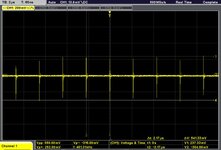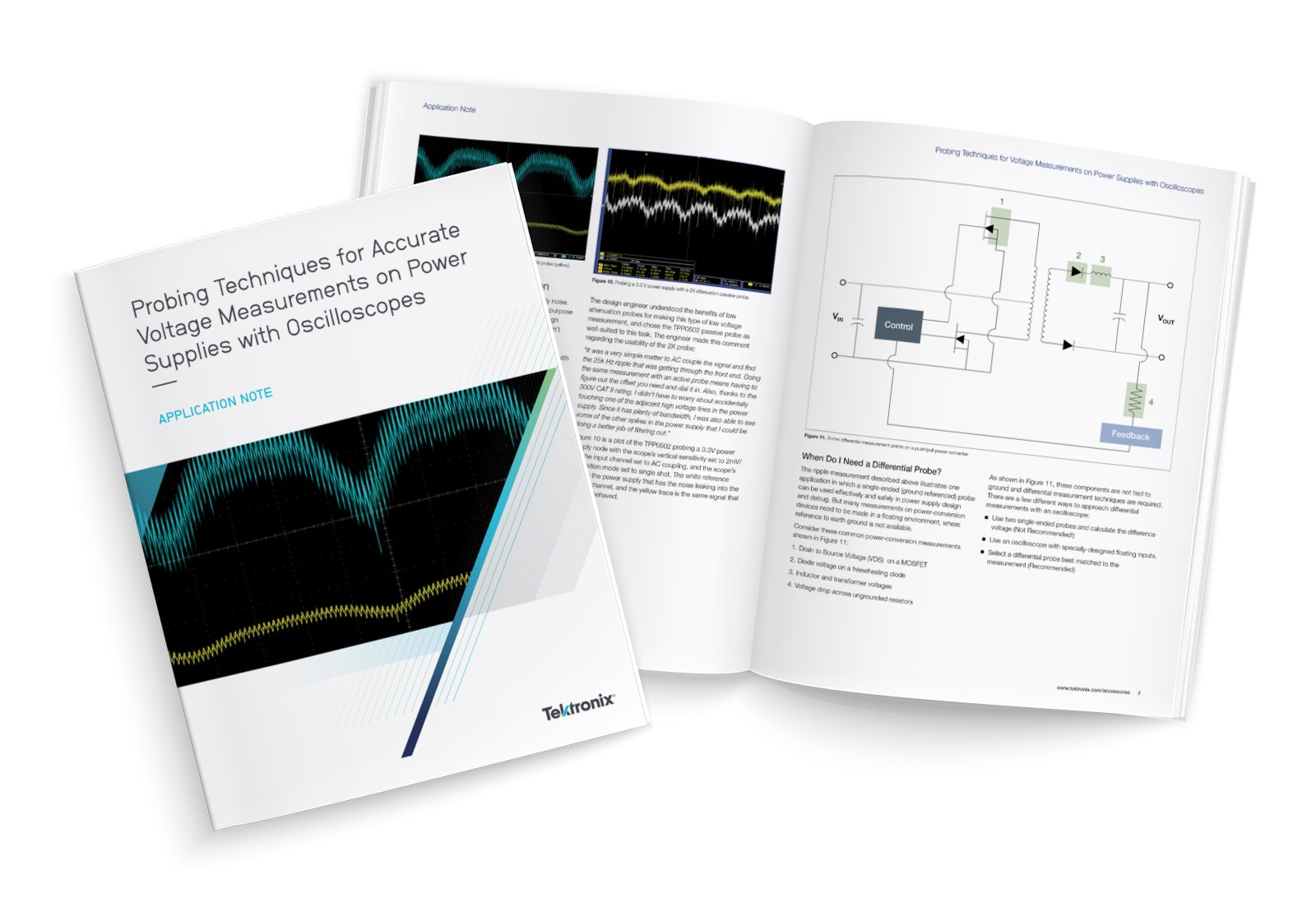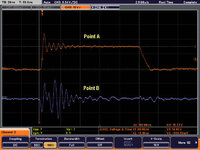kakiitek
Junior Member level 1
Hi all,
I have configured a buck converter TPS53319 for the conversion Vin=16V to Vout=0.70V. We will be drawing a maximum of 5A.
While the output ripple is within expectation <50mVpp, we observed a pulse at both the Vin and Vout. This pulse is about 600mVpp at Vin and 80Vpp at Vout. The pulse interval is the same as the switching frequency of 500kHz.
My understanding is that this pulse occured at Vin due to insufficient Cin. Increasing the Cin with 3x 47uF (2012) reduces the pulse at Vin to 400mVpp. However this does not result in significant reduction of the pulse at Vout. Could anyone enlighten me on how we could resolve this?
How do I reduce the pulse at Vin further?
The attachment below shows the pulse at Vin.
Vout has similar pulse but with Vpp around 80mVpp.
Many thanks!
I have configured a buck converter TPS53319 for the conversion Vin=16V to Vout=0.70V. We will be drawing a maximum of 5A.
While the output ripple is within expectation <50mVpp, we observed a pulse at both the Vin and Vout. This pulse is about 600mVpp at Vin and 80Vpp at Vout. The pulse interval is the same as the switching frequency of 500kHz.
My understanding is that this pulse occured at Vin due to insufficient Cin. Increasing the Cin with 3x 47uF (2012) reduces the pulse at Vin to 400mVpp. However this does not result in significant reduction of the pulse at Vout. Could anyone enlighten me on how we could resolve this?
How do I reduce the pulse at Vin further?
The attachment below shows the pulse at Vin.
Vout has similar pulse but with Vpp around 80mVpp.
Many thanks!
Attachments
Last edited:


